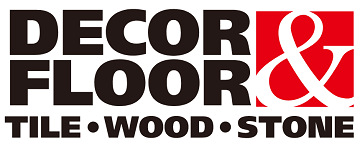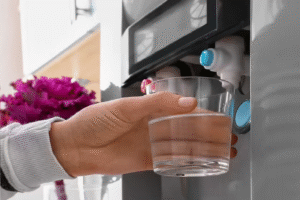Easy Steps To Build A Wine Cellar
3 min read
Are you looking to install a wine cellar? Wondering how to build a wine cellar? No worries, this post will help you make an informed decision and create a well-organised wine cellar that provides optimal storage for your precious wine collection.
A wine cellar is a fantastic way to enhance the value of your home while also providing a space to host guests, showcase your wine collection, and savour wine. Even while it’s always a good idea to hire an experienced professional, why not try your hand at your next do-it-yourself project?
Pre-Step: You Require A Building Permit
You may need to get permission before you can build your cellar. To make sure your cellar complies with local, state and federal building rules, it is best to check with your local building office, even if not all projects may need a permit.
1. Select the Location of Your Cellar Logically
The best places for wine cellars are cold, dry places in your house that are kept at a controlled temperature, free of natural light, vibrations, and unpleasant odours.
It is generally advised to install your wine cellar in your basement because it is much colder and more humid than the rest of your house (usually around 70% in .It is much easier to control these factors when you start in the right location.
The following locations are the most common for wine cellar installations:
- Basement
- Pantry
- Hall closet
- Along one wall in your dining room
- Under the stairs
- Guest room
2. Wall and Ceiling Framing
Installing wood strips to raise surfaces or keep them from becoming wet and to create room for insulation is often called framing or furring.
We recommend using 2×6 framing lumber to frame the walls of your wine cellar.
Because of the depth of this timber size, you may install thicker insulation with a greater R-value, which is basically a measure of how well a two-dimensional barrier resists the movement of heat. This will increase the energy efficiency of your wine cellar.
3. Insulation
Closed-cell foam insulation makes your wine cellar walls more impermeable to air, vapour, and water buildup, which can eventually result in condensation. To stop moisture leaks, you need to install a vapour barrier and insulation in your cellar.
The finest wine cellar insulation is closed-cell foam insulation because, unlike other solutions, it eliminates the need for an additional vapour barrier, controls humidity well (making it ideal for people who live in humid climates), and guards against small punctures from screws.
4. Drywall & Outlets
You’ll need to install green board, a sort of water-resistant plasterboard, because your cellar has a high humidity level.
Because it is utilised in bathrooms and kitchens and is far more mould and moisture-resistant than plasterboard, this plasterboard is easily located.
5. Wine Cellar Doors
Glass isn’t the ideal door for your cellar. Yes, glass looks fantastic, but it’s not the best material for wine cellars. If you want the desired finished look, pick glass carefully. A single pane offers almost no insulating benefit; it should be tempered, UV-protected, and at least 1/2 inch thick. The next step up would be framed glass, which is comparable to what you would use for your home’s exterior entryway and has dual-pane glass with thermally broken frames.
6. Finish Walls
In addition to reflecting the style you desire for your cellar, the wall finish you choose should be moisture-resistant.
Once the plasterboard is installed, you can apply the final coating to the walls to get what you want.






